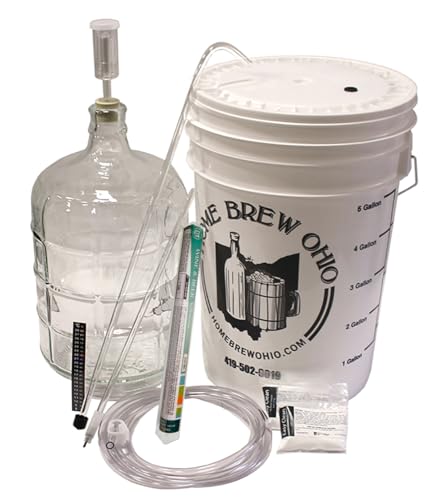IMO the kit vendors put in the least amount of fermentation oak they can get away with. They are in it for the profit (which is every company in every industry), so they're going to put in the minimum to reduce cost and price to be competitive.
I reviewed my notes from the last 4 years. Due to inconsistent measurement styles, I can't give you an exact answer, but I'll estimate from my notes. I buy shredded toasted oak in 1 lb bags. The label says to use 2 to 3 cups for 6 gallons of wine, and I used the entire package (4-1/4 cups) in 144 lbs of grapes, which produced 9 to 10 gallons of finished wine.
The oak vendor says to use 8 to 12 oz in 6 gallons of wine. Doing the math, that's just a bit more than the 1 to 1.5 oz included in kits.
My recommendation is to use 8 oz oak in a 23 liter kit. Larger packages are generally cheaper per unit, and if kept dry, your grandchildren will be able to use oak you buy today.
Type? Based upon inference, shredded oak is more efficient than chips. There is a lot more surface area, which increases interaction with the wine during the rather short fermentation cycle. IMO using cubes, staves, or spirals is a waste of money for fermentation.
In the past I tried light toast oak, and my results were not impressive. I suggest going with medium or medium-plus toast.
A short test in 2020 indicated to me that the type of oak for fermentation doesn't matter. I am now using American as it's cheaper in the USA. Aging oak is different -- I personally prefer Hungarian for most wines.



















































